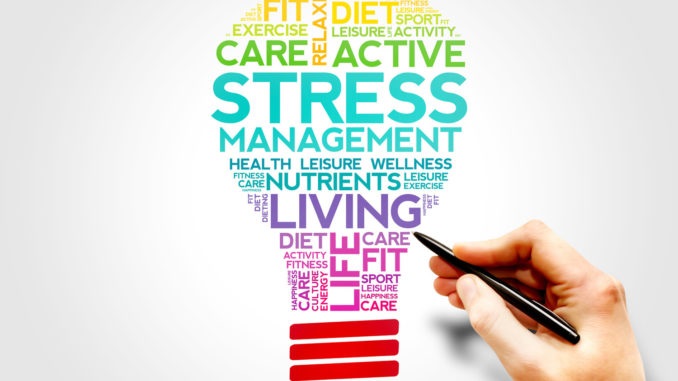
Anxiety affects roughly 40 million Americans, making it one of the most common mental and emotional issues we face. The symptoms vary from person to person but often include a rapid pulse, racing thoughts, and excessive worry. While we may not be able to wholly defeat anxiety, we can deal with the symptoms when they arise such as by using a few simple calming techniques that can be practiced anywhere, anytime.
Practice Pranayama
Pranayama, or yogic breathing, is an age-old technique for taking control of our body when anxiety sends us into a tailspin. It can ground us by encouraging us to focus on slowing down and taking deep, purposeful breaths. Several techniques exist, although having just one or two in your tool box will come in handy when anxiety symptoms arise.
A basic pranayama breathing practice is the long exhale, in which you exhale for twice as long as you inhale. Close your eyes. Inhale for a count of two and hold your breath for a count of one before exhaling slowly through pursed lips for a count of four. Repeat this for five minutes, if possible. If you ever feel lightheaded or dizzy during these exercises, return to normal breathing and seek medical care.
Another breathing practice suited to quelling anxiety is known as cooling breath or sitkari pranayama. Relax your jaw and let your mouth open slightly, then rest the tip of your tongue behind your teeth. Inhale slowly through your mouth, letting the cool air wash over your tongue. When your lungs are full, close your mouth and exhale slowly through your nose. Repeat it eight to twelve times, or until you feel a cooling sensation spread through your body.
Get Grounded
Grounding brings us back to the moment, making us aware of our surroundings and ourselves. It’s an invaluable tool for dealing with anxiety, especially when our thoughts start racing and we find it harder and harder to focus. Several types of grounding practices exist, which range from mindfulness meditation to simple acts of engaging with our surroundings.
One simple and effective means of grounding ourselves during a panic attack or bout of anxiety is to focus on our senses, specifically touch. Run your fingers over something textured and focus on how it feels. Let the sensation fill your mind and push out everything around you until you start to feel calm.
If you’re in public, try rubbing your finger on the hem of your jacket. If you’re prone to anxiety, carry something specifically for the task such as a special keychain or a worry stone.
Stretch to Soothe
Stretching soothes our body, mind, and soul. It provides a way to escape our racing thoughts and redirect our chaotic, nervous energy constructively. Studies at the University of Utah have shown that yoga appears to regulate our bodies’ stress response and pain tolerance, allowing us to experience stress without succumbing to the ravages of anxiety and panic.
Passive yoga postures such as the child’s pose, the standing forward bend and savasana can nurture and relax us, helping us alleviate our anxiousness through relaxation. Active poses such as the eagle pose, and extended triangle pose redirect the frantic feelings we often experience during anxiety, giving them an outlet. A combination of passive and active yoga postures works best to alleviate symptoms, although just five minutes of your favorite yoga posture will do a world of good, whether you’re at home or in your office at work.
If you are a Colorado resident experiencing anxiety and are interested in inquiring about possible treatment, consider reaching out to an anxiety specialist in Denver.








